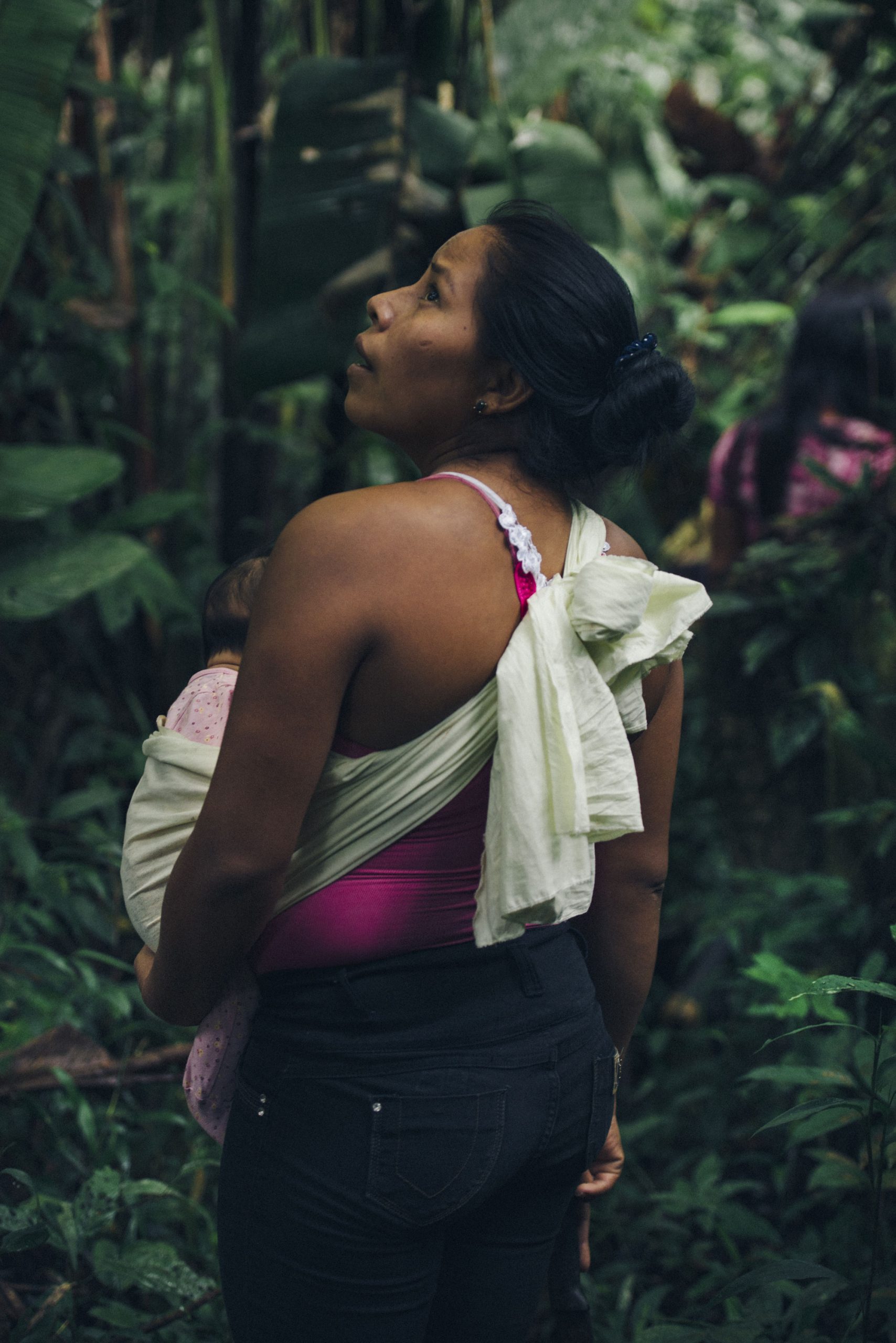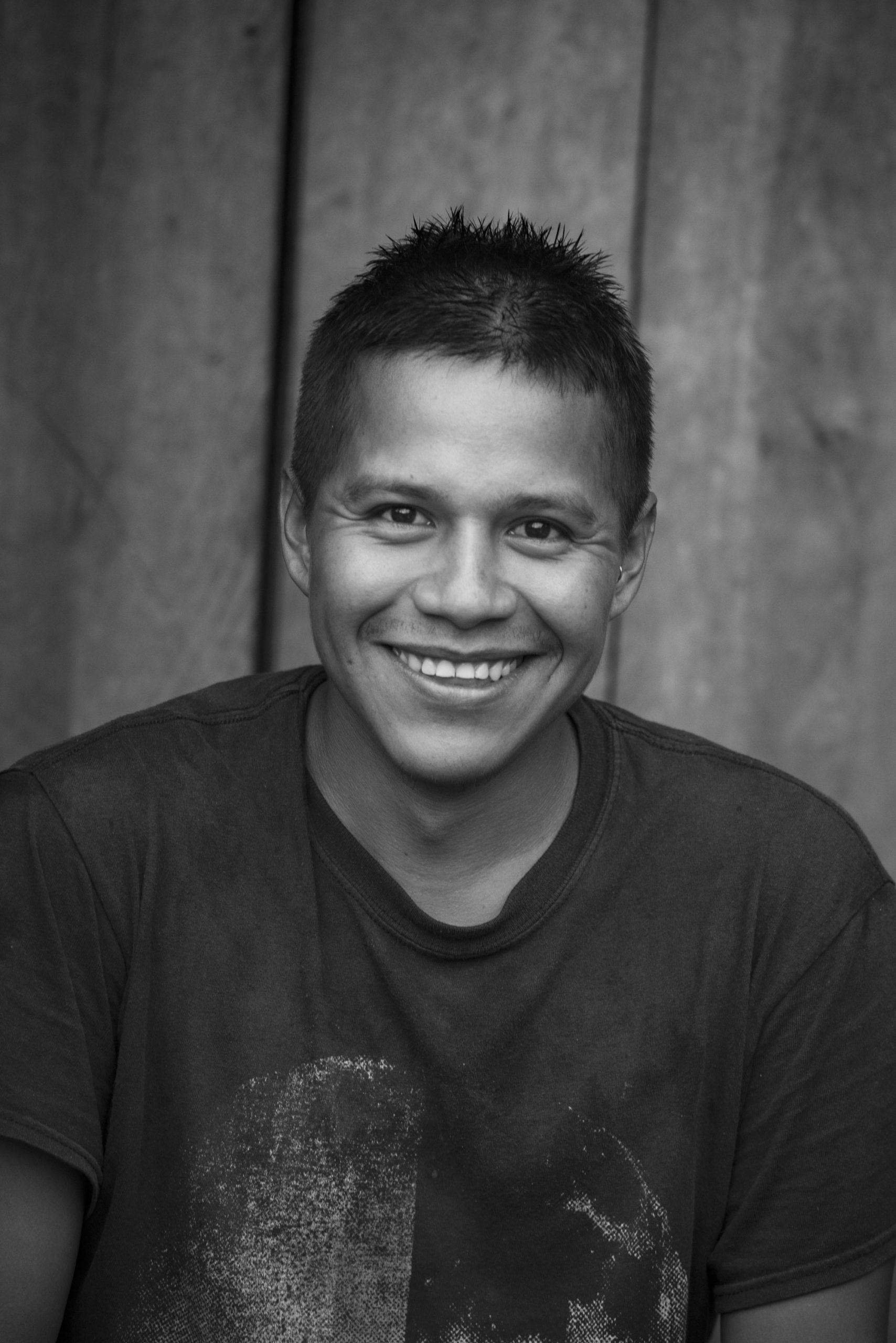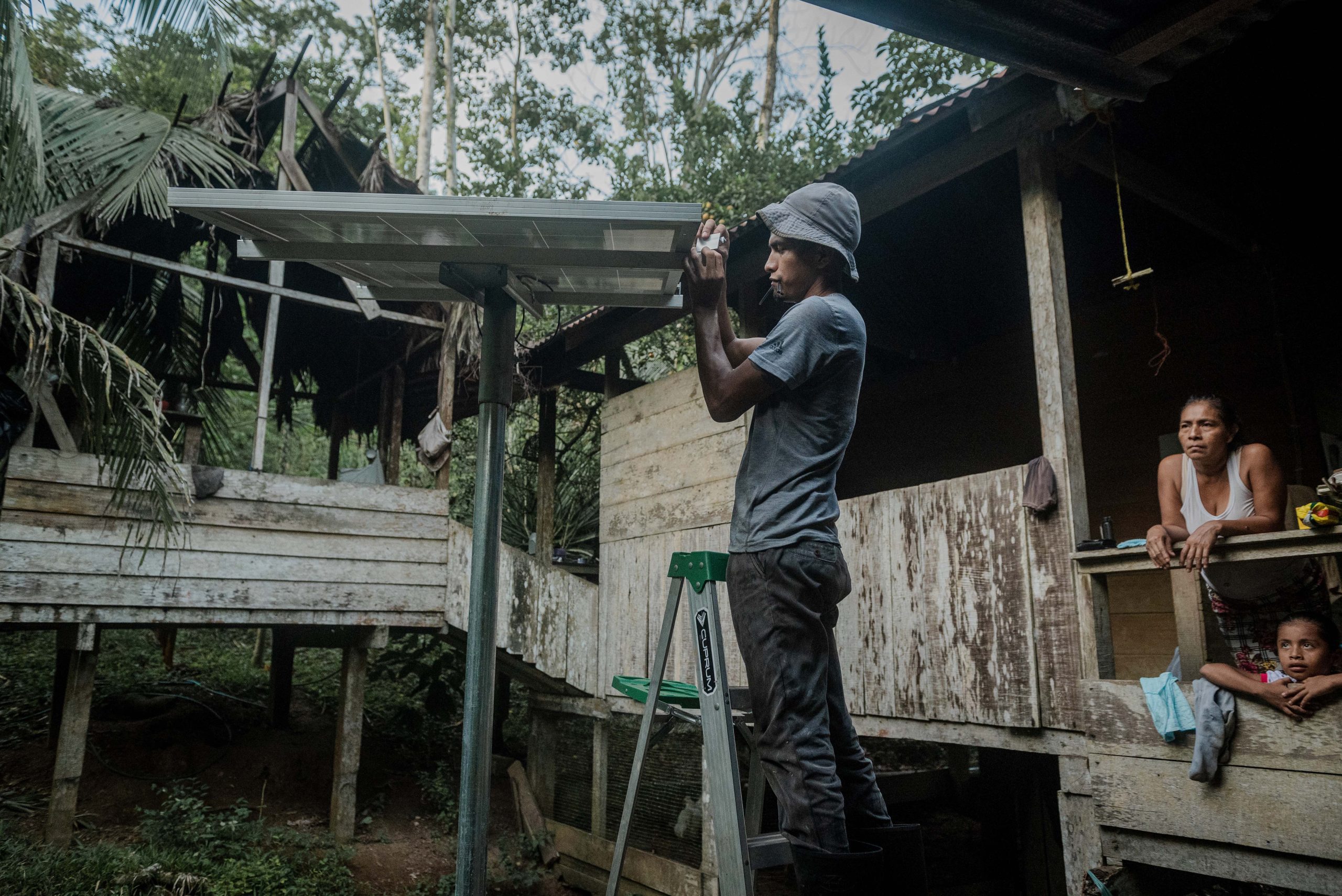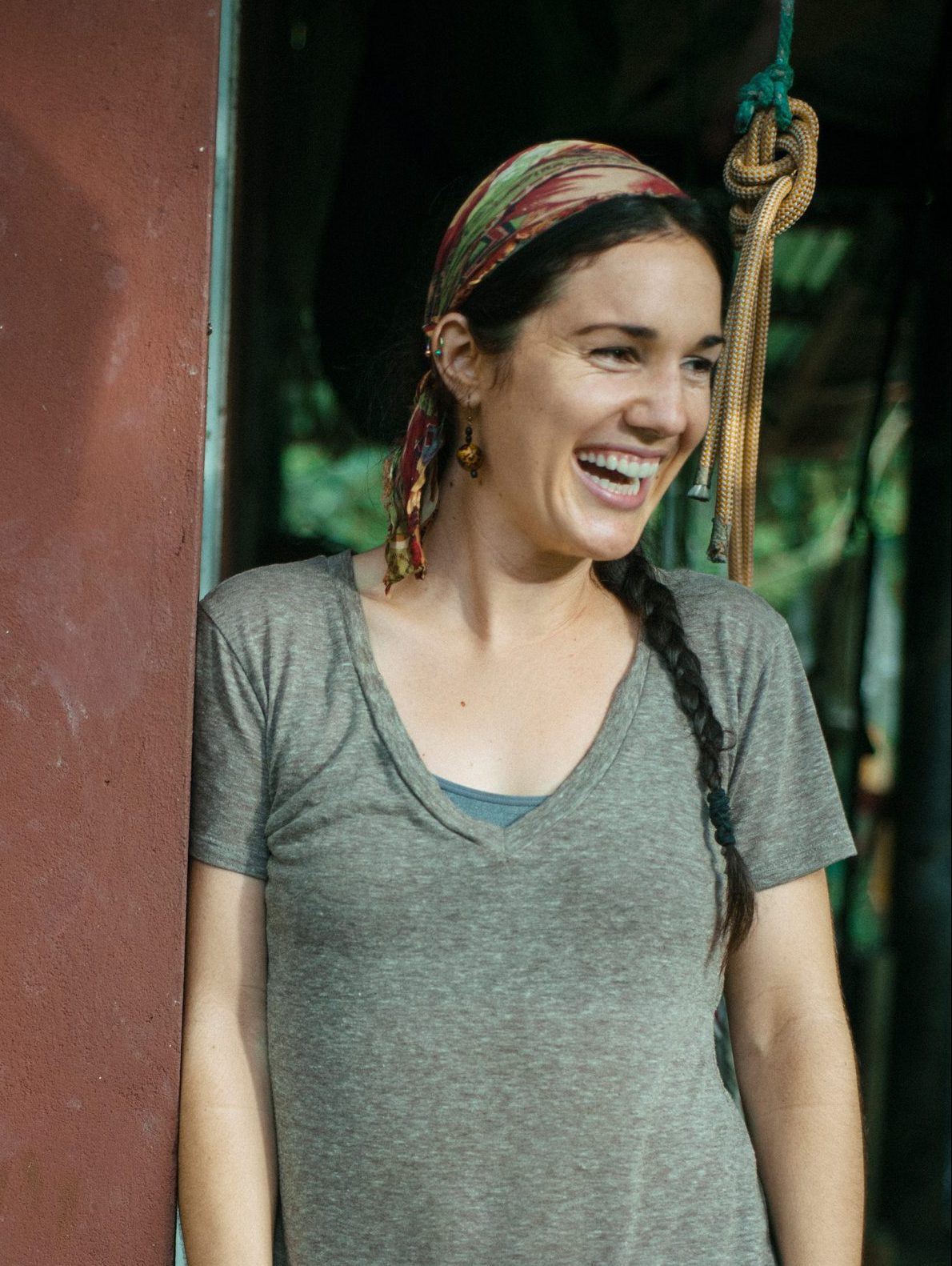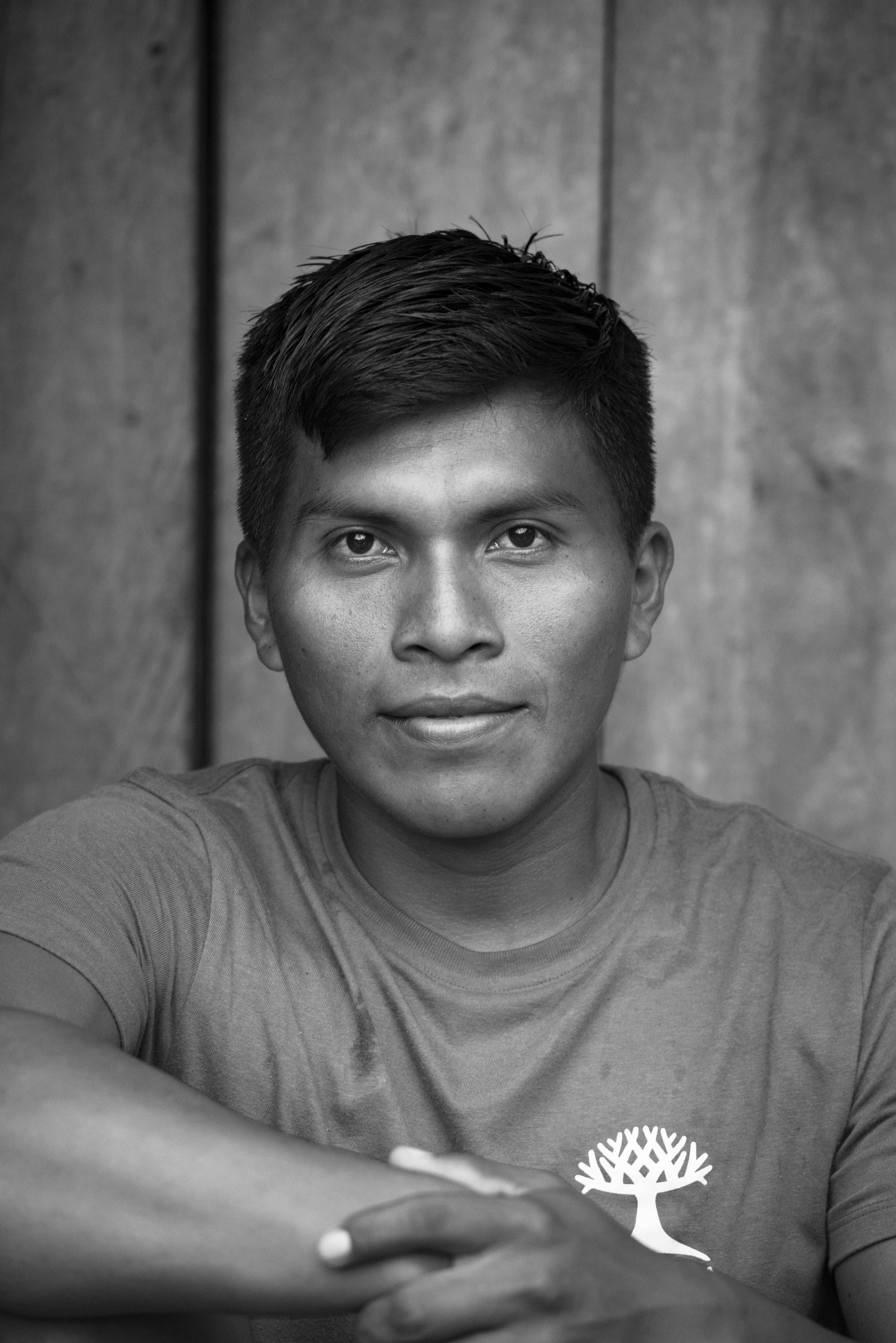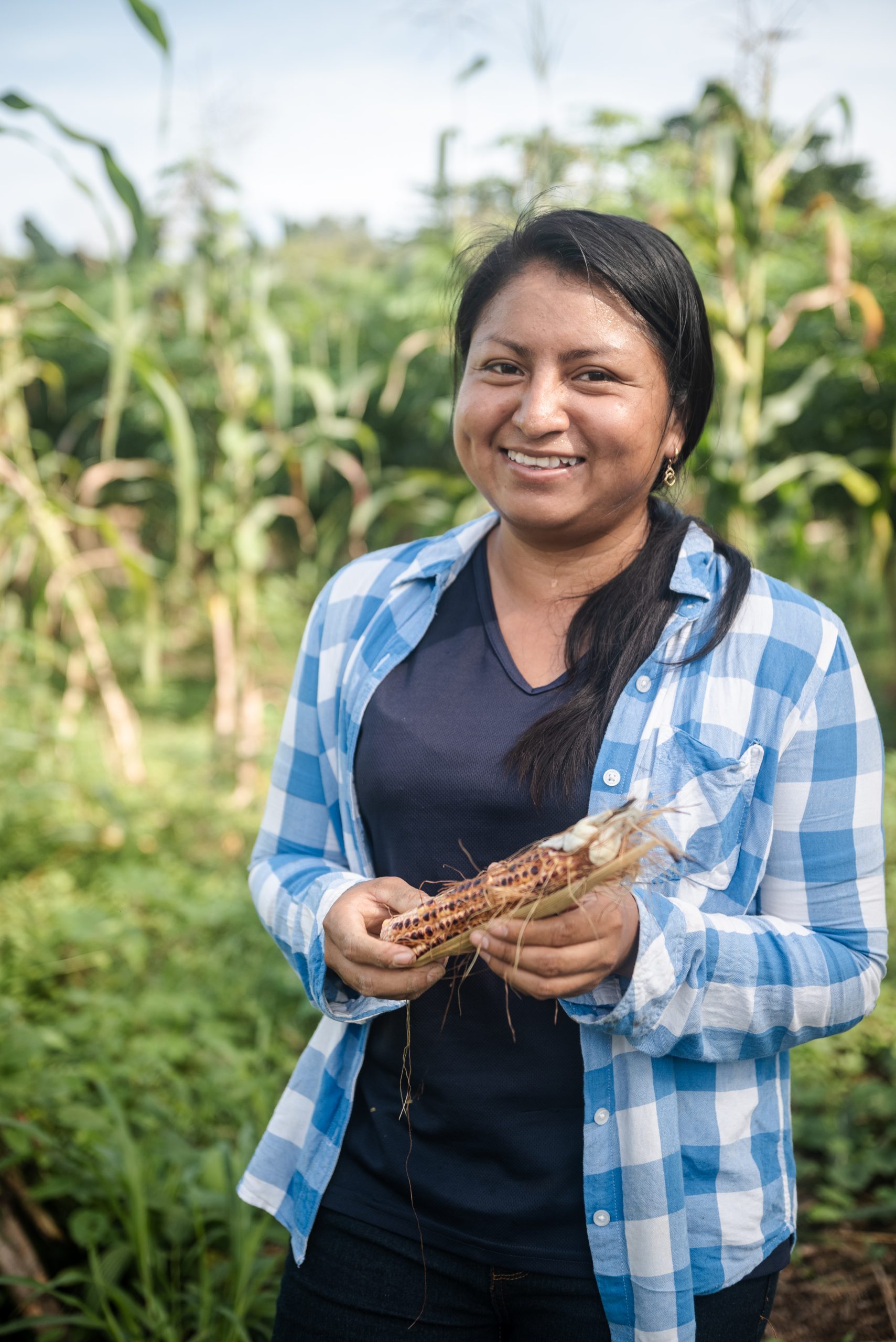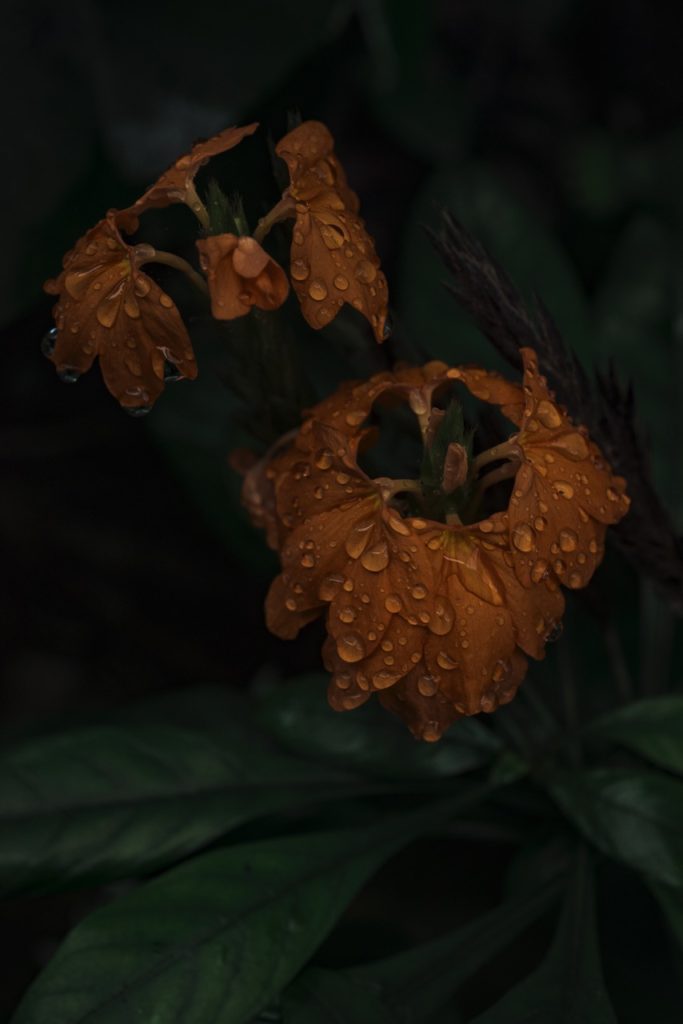Go to Page
Currently on this Page
Drag or Click
Download
Go to Website
Scroll Down
Empower People&
Protect
Nature
Our Work
Conscious regenerative action to empower people and protect Nature

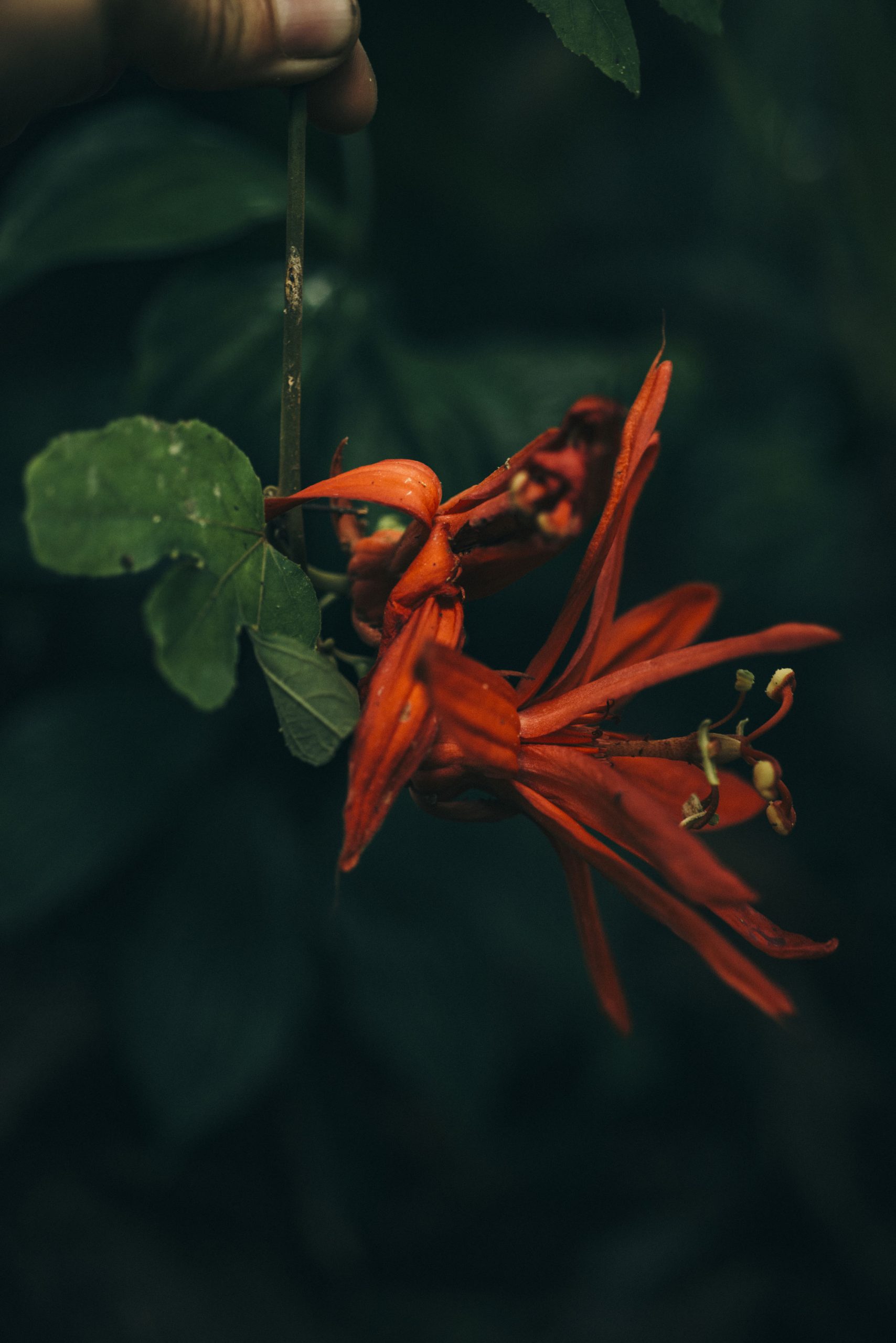
We work to nurture and unfold humanity's potential to live in a conscious, reciprocal, and joyful relationship with the living Earth, creating impact across six interconnected areas.
Explore our
Areas of Impact
Areas of Impact
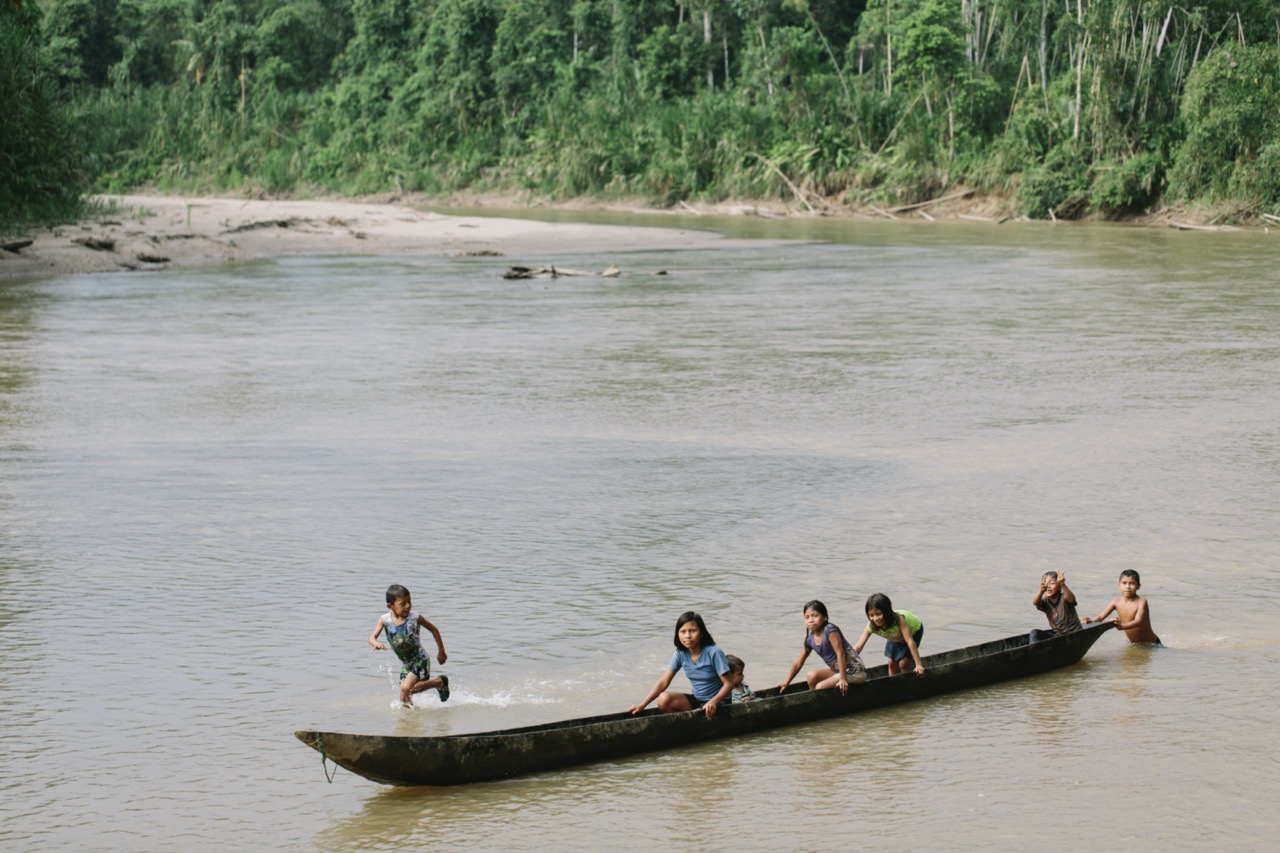
All our work is dedicated to people, projects and processes that model social, ecological and spiritual healing rooted in reverent connection to the Earth.
How we work
-
We work with a strong network of partnersWe adopt a unique model of accompaniment based on bottom-up processes and establishing long-term strategic alliances with local and regional partners. Together, we connect with real needs on the ground to build and strengthen local capacities that empower people and protect Nature.
-
We listen deeply to act boldlyWe honor and emphasize the cosmovision of the Indigenous and local communities with whom we work together. Our work integrates and builds on ancestral wisdom and cultural knowledge, while introducing innovative approaches and technologies to meet the new challenges of our time.
-
We care for humanity and the living Earth alikeWe embrace the sacredness of all life and recognize that everything is fundamentally interconnected and interdependent. We focus on creating long term impact with projects and processes that seed a future based on reciprocity and kinship with each other and the living Earth.
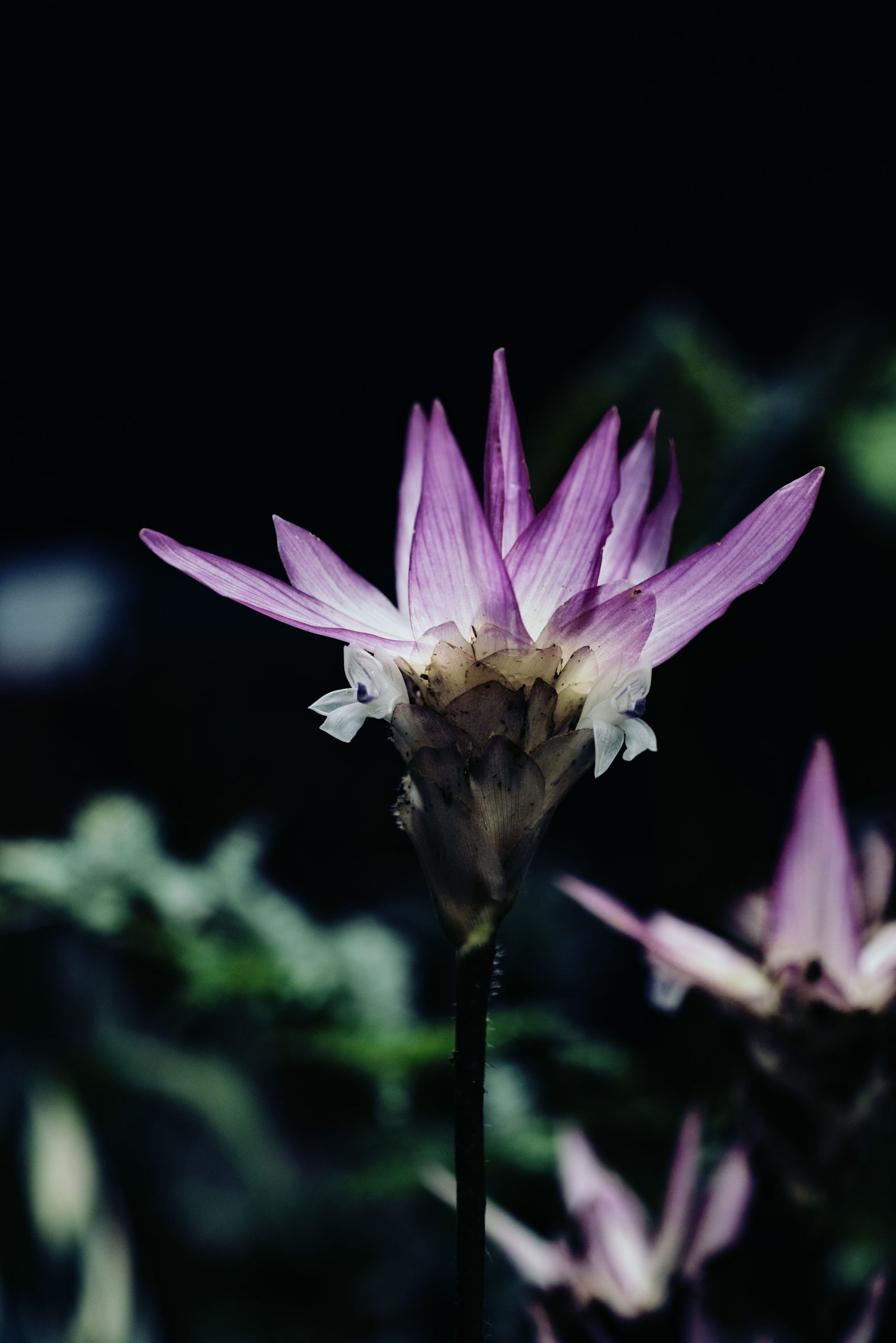
Nine Nations
With whom we work
We work together with nine Indigenous Nations across Latin America to protect their territories, cultures and ancestral knowledge.
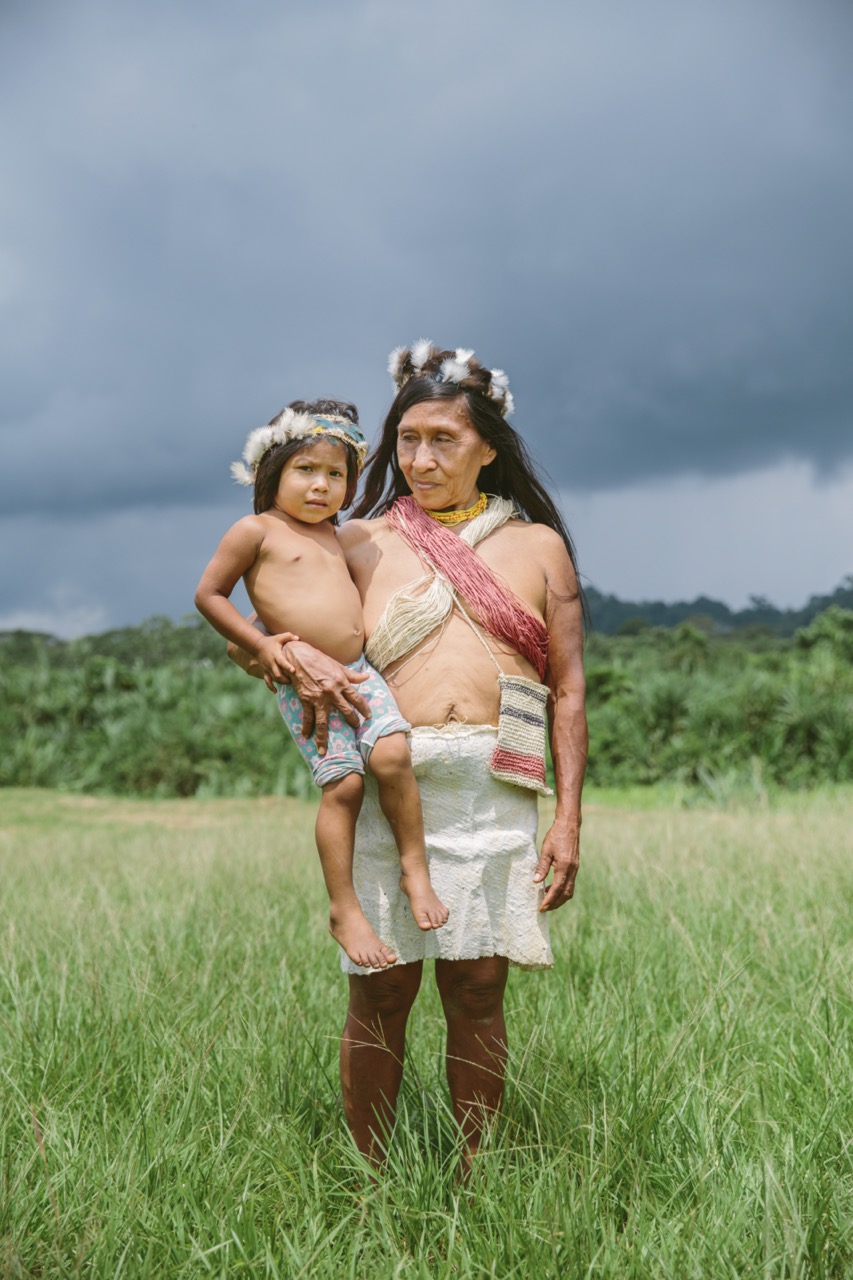
Where we work
We operate in the following countries: Ecuador, Costa Rica, Colombia, Peru and Panama.
Legenda
Central & South America
Indigenous Nations
Cabécar
Bribri
Emberá
Siona
A’i-Cofán
Waorani
Secoya-Siekopai
Amazonian Kichwa
Shuar
Rainforests
La Amistad International Park
Darien Rainforest
Amazon Rainforest
Legenda
Costa Rica & Panama
Indigenous Nations
Cabécar
The Cabécar people are the second largest Indigenous group in Costa Rica numbering around 14,000 people. Living mostly in remote rainforest areas, their relative isolation has allowed them to maintain their culture, traditions, and spiritual identity, which is centered around their relationship with the forest.
Bribri
The Bribrí are one of Costa Rica’s largest Indigenous nations, numbering around 10,000 people, and and live in the Talamanca mountain range forest. They are well known for their rich artistic and musical traditions and are one of the few matrilineal societies in the world, where land traditionally is passed from mother to daughter.
Rainforests
La Amistad International Park
La Amistad Tropical Rainforest is located in Costa Rica and Panama and covers around 14,991 km2. In Costa Rica it is also known as Talamanca rainforest and is considered the largest and most biologically diverse protected wild area, due to its wide range of altitudes, climatic variations, and variety of soils.
Legenda
Panama
Indigenous Nations
Emberá
The Emberá people live in Panama and western Colombia, numbering around 50,000 people in Colombia and 33,000 in Panama. The Emberá are a riverine people who despite their experiences of forced displacement have preserved a strong cultural and spiritual connection to the rivers and celebrate their rich cultural identity.
Rainforests
Darien Rainforest
The Darien Tropical Rainforest, located in eastern Panama and bordering Colombia, covers an area of 579,000 hectares. It is the largest protected natural area in Central America. It is also known for the Darien Gap, with deep wilderness and extreme biodiversity, where the Pan-American Highway is interrupted.
Legenda
Ecuador, Peru, Colombia
Indigenous Nations
Siona
The Siona, numbering around 400 people, live along the Putumayo River and its tributaries in the Amazon regions of Colombia and Ecuador. They are also known as Zio Bain, “people who cultivate the land”.
A’í Cofán
The A’i Cofán, descendants of ancient riverine people, today number around 2,100 people. They live between the Aguarico River in the northern Amazon region in Ecuador and the Guamés River in southern Colombia.
Waorini
The Waorani people, numbering around 2,000, have largely retained their cosmovision and continue to be known as skilled warriors and defenders of Nature living in the eastern Amazon region of Ecuador.
Secoya-Siekpia
The Secoya-Siekopai, numbering around 1,600 people, live in the Amazonian regions of Peru and Ecuador. They have great ancestral wealth, shamanic wisdom and a profound knowledge of medicinal plants.
Amazonian Kichwa
The Kichwa people of the Amazon are the most populous Indigenous group in the Ecuadorian Amazon, with smaller groups living across the Colombian and Peruvian borders.
Shuar
The Shuar, who are well-known for their hunting skills, live in tropical rainforest between the Andes mountain range and the Ecuadorian and Peruvian Amazonian region.
Rainforests
Amazon Rainforest
The Amazon Rainforest, the largest on Earth, spanning approximately 5.5 million km2 across nine South American countries. Beyond its immense biodiversity, the Amazon rainforest plays a crucial role in regulating global water cycles and the climate.

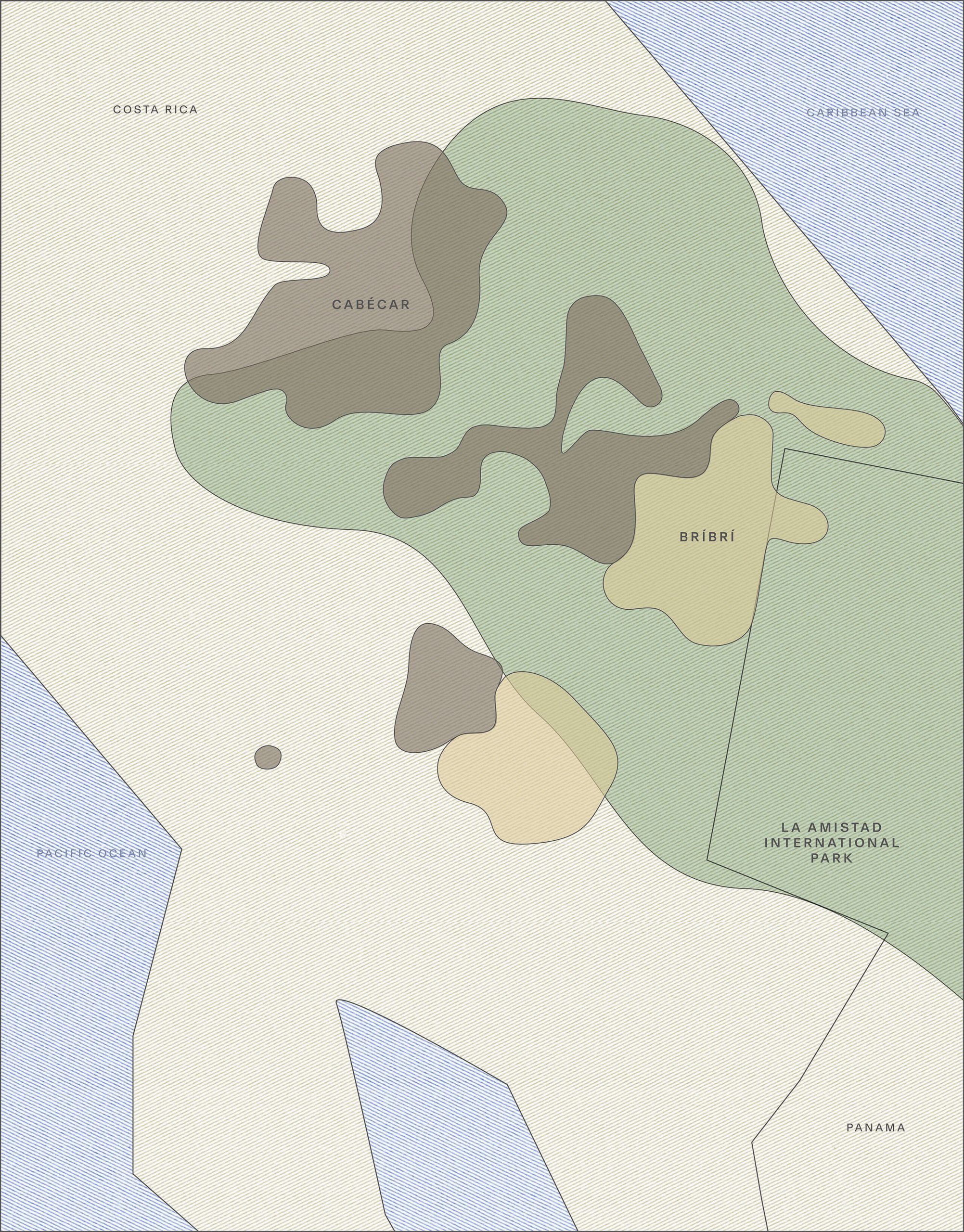
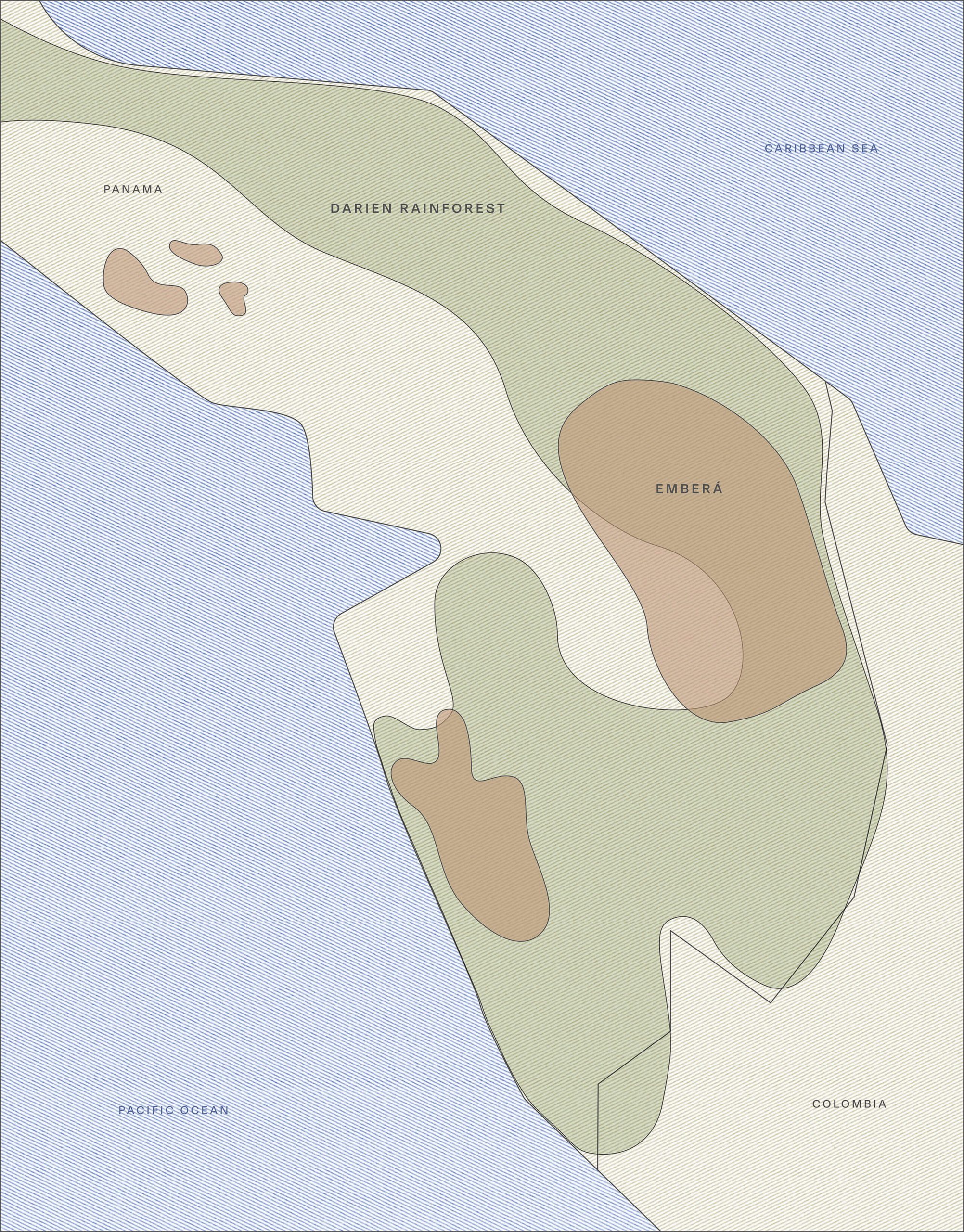

To Main Map
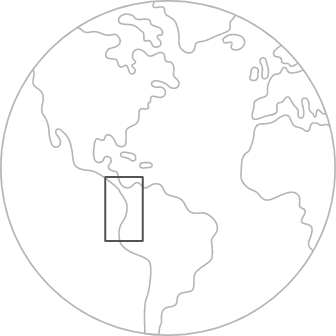
This map shows the territories of the Indigenous Nations in Latin America, with whom we work. Boundaries are approximate and not guaranteed to be error-free or officially recognized by respective governments.”
Meet the local teams who bring our work to life

